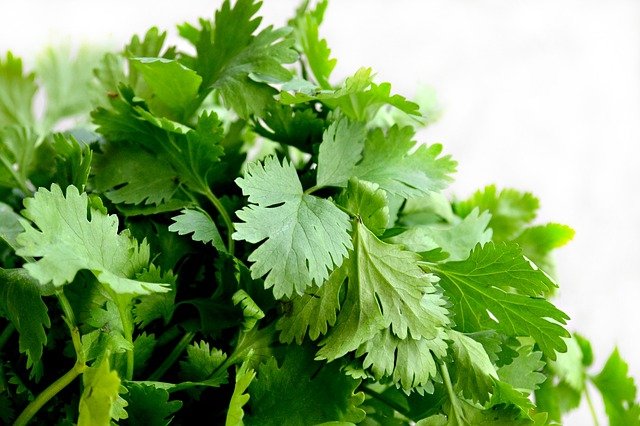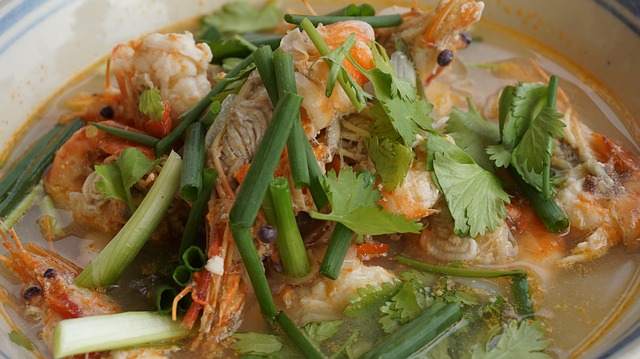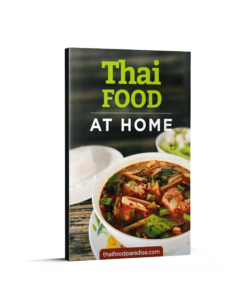What is Cilantro Used for in Thai Food?

Cilantro, or coriander, depending on where you’re from, is a herb that is extremely common to Thai food. This article helps clarify any questions around what cilantro is used for in Thai food by highlighting five different ways dishes benefit from its versatility.
Thai cooks make liberal use of the leaves, stems, and roots of coriander in a huge range of dishes. Quite annoyingly, when you buy fresh coriander in Western supermarkets, the roots are often snipped off.
Top Tip #1: Thai food makes full use of the entire coriander herb, roots and all. Buy from a farmer’s market or Asian grocery store to get the roots attached.
5 Uses of Coriander
1. Leaves and Stems Served as a Garnish
The tart freshness that coriander brings to food means that it works very well served as a garnish to Thai dishes. At many street food stalls serving some simple fried rice, you’ll get served a few sprigs of coriander leaves to add to your food as desired.
If you go to eat a special type of Thai hotpot dish known as jim jum, you’ll get an entire bunch of coriander to garnish your soup. Personally, I’m a bit of a cilantro addict, so I tend to enjoy munching on the leaves and stems like a rabbit 🙂 But I recognize I’m probably alone in that.
2. Last-Minute Addition to Soups
Cilantro is a vitally important last-minute addition to certain Thai soups that adds a herby punch to the liquid and some extra fragrance. The most popular soup coriander leaves and stems are added to is tom yam goong, a sour shrimp soup that you’ve probably heard of.

Top Tip #2: If you need to add coriander to soup, it’s always best to do it at the last minute before serving. Otherwise, it loses its potency and pleasant citrus twang.
3. As a Salad Ingredient
Coriander is a central component of the leafy portion that makes up a particular type of salad known as yam. There are different categories of salad in Thai food, and the yam category is the closest thing to a traditional Western salad.
This salad type features a mix of proteins, warmed through with herbs, Chinese celery, and cilantro. The dressing typically includes lime juice, fish sauce, chili, and shallots.
4. Making Curry Paste
The roots of coriander add an intensely pungent peppery taste to many Thai curry pastes. Thais call coriander roots ‘rak pak chee’. If a curry paste recipe lists fresh coriander roots and you don’t have them, an acceptable substitute is to grab a bunch of stems and crush them into the curry paste. You won’t exactly get the taste you need but it’s an ok compromise.
Closing Thoughts on What to Use Coriander For
I hope this page proves a valuable resource if you’re just getting started with Thai cooking and you wanna know what to use coriander for. This is a ubiquitous herb that is so common as to almost be a staple of Thai cuisine. If you’re ever in Thailand and you want some coriander to garnish your plate of food with, the word for coriander is quite easy to say: ‘pak chee’.
Note that if you’re one of the unlucky people whose taste receptors mean coriander takes on the flavour of soap, then it’s fine to omit it from dishes. There’d be no quicker way to turn you off Thai food than cooking a dish that tastes like something you’d find in the beauty products aisle of your local supermarket!
I lived in Thailand for a few years during my 20s during which time I fell in love with Thai food. Along with my Thai partner, I cook and eat tasty Thai dishes 3 or 4 times per week. I’m here to bring you recipes, Thai food tips, and suggested cookware for making Thai food.
